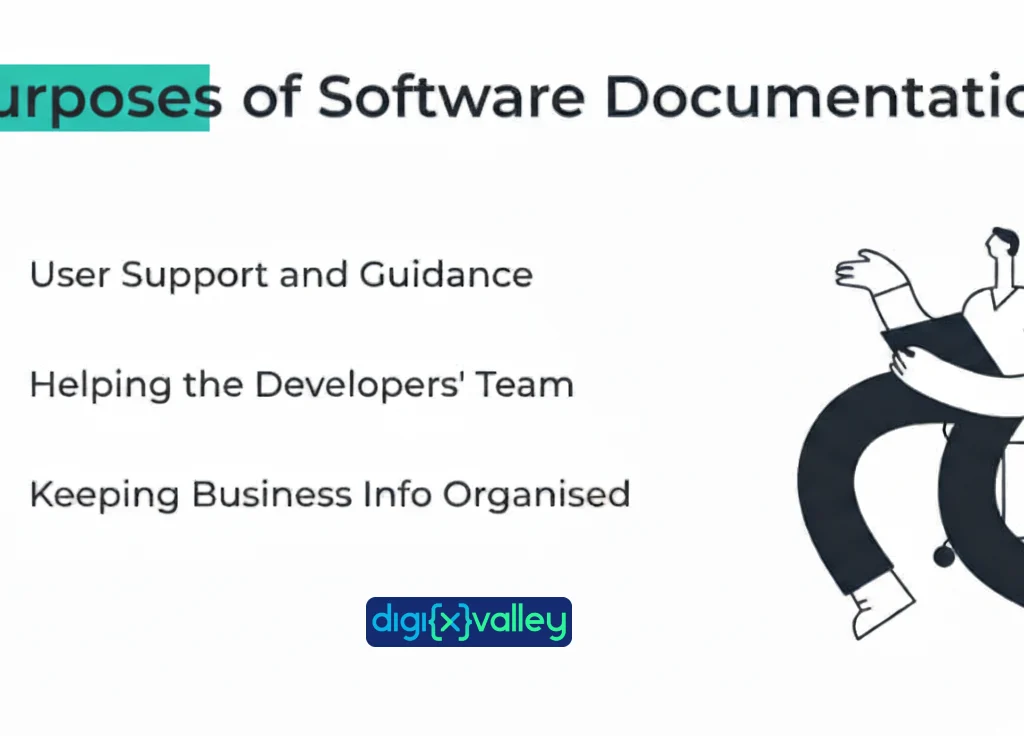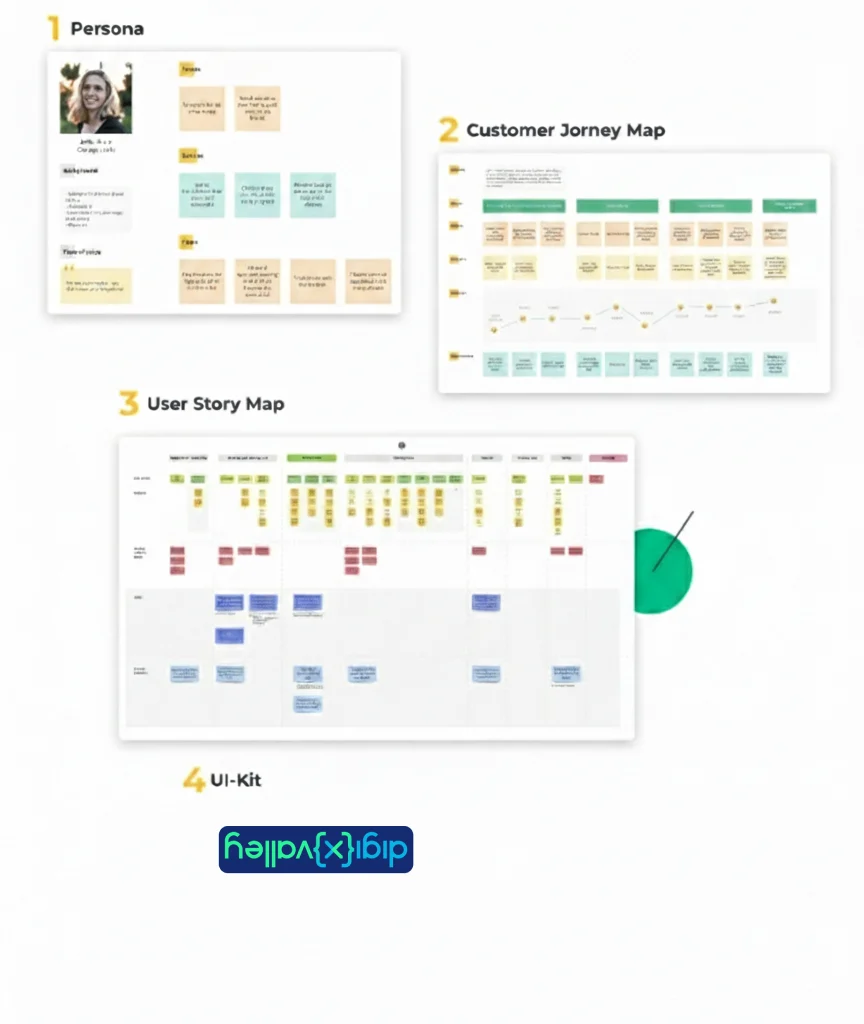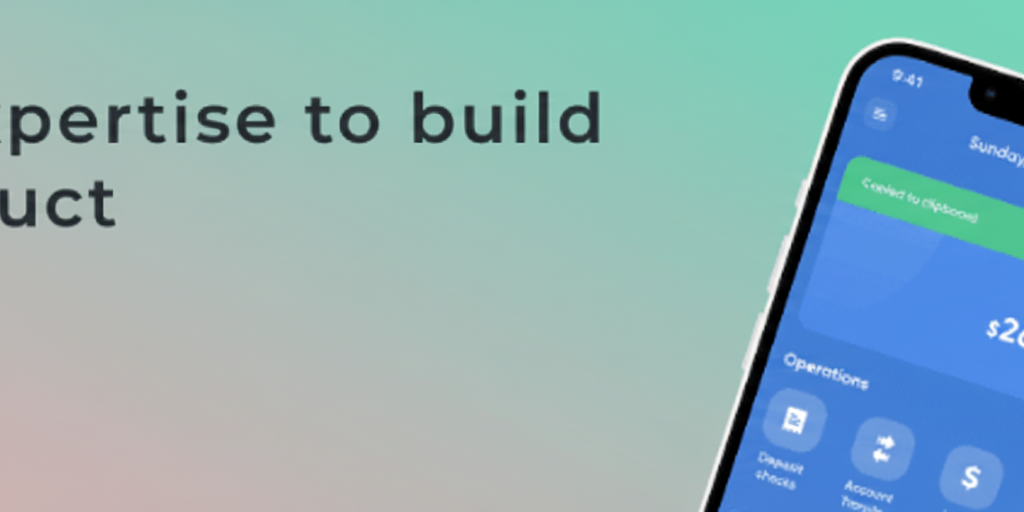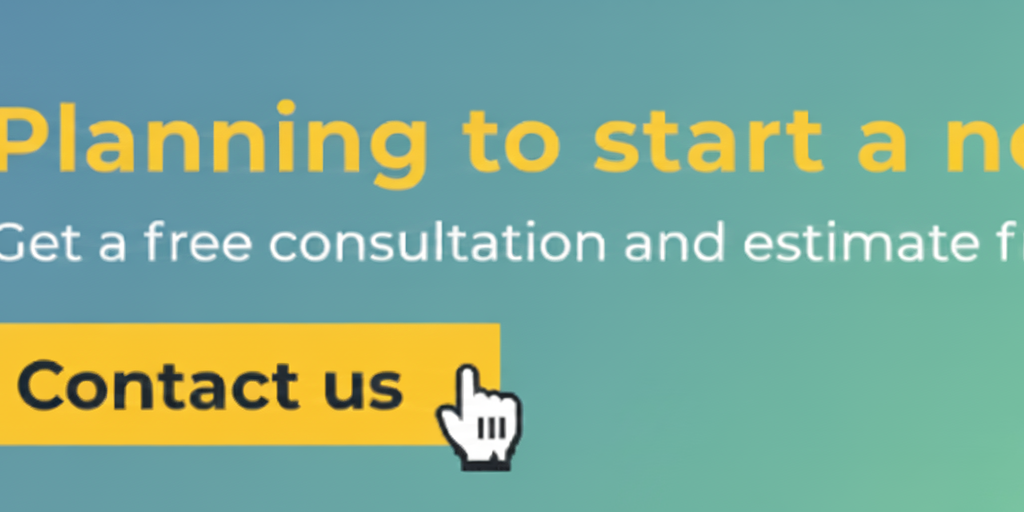Writing clear, useful software documentation can transform how your team collaborates and how users interact with your product. Whether you’re developing a SaaS platform, mobile app, or enterprise software, documentation acts as your product’s single source of truth — guiding developers, designers, and end-users alike.
In this guide, you’ll learn:
- What software documentation really means
- The main types of software documentation every project needs
- How to write and maintain great documentation
- Best practices, tools, and examples for 2026
What Is Software Documentation?
Software documentation is a collection of technical and non-technical content that explains how your software system works — whether it’s an iOS, Android, or web-based application.
It covers:
The product’s functionality and architecture (for developers and engineers)
Processes and workflows (for project managers and QA teams)
Instructions and guides (for end-users and administrators)
In essence, it’s your project’s knowledge base — the backbone of your software development lifecycle (SDLC).
Why Software Documentation Matters
Well-written documentation ensures:
Faster onboarding for new developers and employees
Streamlined communication across teams
Reduced dependency on tribal knowledge
Improved code maintainability
Enhanced user experience
According to Atlassian’s 2024 developer report, teams with structured documentation reduce rework by 32% and improve sprint delivery by 27%.

Main Types of Software Documentation

Let’s explore each documentation type, its purpose, audience, and recommended tools.
1. Requirements Documentation
Purpose: Defines what the software should do.
Audience: Product managers, business analysts, and developers.
Includes:
Product Requirements Document (PRD)
Business Requirements Document (BRD)
User stories, use cases, acceptance criteria
Tools: Jira, Confluence, Miro, Notion
Pro Tip: Use diagrams and checklists to visualize requirements — improves clarity by 60%.
2. Architecture Documentation
Purpose: Explains how your system is built.
Audience: Developers, solution architects, DevOps engineers.
Includes:
System design and architecture diagrams
Data flow and database schema documentation
API structure and component relationships
Tools: Lucidchart, Draw.io, Cacoo
Pro Tip: Follow the C4 Model (Context, Container, Component, Code) for clarity.
3. Technical Documentation
Purpose: Provides details for developers, testers, and maintainers.
Audience: Technical teams (Dev, QA, DevOps).
Includes:
API references
SDK guides
Configuration and deployment instructions
Source code comments
Best Platforms: GitHub Wiki, Docusaurus, ReadTheDocs, GitBook
Emerging Trend (2025): “Docs as Code” — treat documentation like software, using version control (Git) and CI/CD pipelines.
4. User Documentation
Purpose: Helps end-users understand and operate your product.
Audience: Customers, admins, and support agents.
Includes:
User manuals
Onboarding guides
FAQs and troubleshooting
In-app help content
Best Tools: Document360, Helpjuice, Zendesk Guide
Pro Tip: Include screenshots and videos — users retain 90% more info from visuals.
5. Process Documentation
Purpose: Captures internal workflows and standard practices.
Audience: Project managers, HR, and operations.
Includes:
SOPs (Standard Operating Procedures)
Onboarding handbooks
Meeting notes and sprint reports
QA processes and workflow templates
Tools: Notion, Confluence, ClickUp
Pro Tip: Treat process documentation as living content. Schedule quarterly reviews.
5. Process Documentation
Purpose: Captures internal workflows and standard practices.
Audience: Project managers, HR, and operations.
Includes:
SOPs (Standard Operating Procedures)
Onboarding handbooks
Meeting notes and sprint reports
QA processes and workflow templates
Tools: Notion, Confluence, ClickUp
Pro Tip: Treat process documentation as living content. Schedule quarterly reviews.
Type | Description | Audience | Example Tool |
Test Documentation | QA strategies, test cases, results | QA teams | TestRail |
API Documentation | Endpoint details and parameters | Developers | Swagger, Postman |
UX Design Documentation | User flows, personas, style guides | Designers | Figma, Miro |
Maintenance Docs | Update history and bug fixes | DevOps | GitHub Releases |
How to Write Software Documentation (Step-by-Step)
Step 1. Identify Your Audience
Clarify who you’re writing for — developer, tester, PM, or end-user.
Step 2. Plan the Structure
Use a repeatable template like:
Purpose → Context → Steps → Examples → References
Step 3. Choose Tools and Formats
Select platforms that integrate with your workflow — Confluence, GitBook, Notion, or Docusaurus.
Step 4. Write Clearly and Visually
Use short paragraphs, lists, and visuals. Avoid jargon unless your audience is technical.
Step 5. Review and Maintain
Set a documentation review cycle (e.g., quarterly). Use version control for updates.
Best Practices for Great Software Documentation
Practice | Benefit |
Keep docs concise and scannable | Improves readability |
Maintain consistent terminology | Reduces confusion |
Use visuals and flowcharts | Enhances comprehension |
Apply style guides | Maintains tone consistency |
Assign document owners | Ensures accountability |
Gather user feedback | Enables continuous improvement |
Pro Tip: Use style guides like the Microsoft Writing Style Guide or Google Developer Documentation Style Guide for consistency.
Top Software Documentation Tools (2026 Edition)
Tool | Ideal For | Highlights |
Cross-team collaboration | Flexible structure, real-time editing | |
Confluence | Agile project teams | Atlassian ecosystem integration |
Developer documentation | Markdown support, Git sync | |
User help centers | SEO optimization, analytics | |
Docusaurus | Open-source projects | Built on React and Markdown |
Knowledge management | Custom domains, insights |
Agile vs Waterfall Documentation Approaches
Aspect | Agile | Waterfall |
Documentation Volume | Lightweight | Heavy upfront |
Timing | Iterative | Sequential |
Updates | Continuous | Limited |
Focus | Collaboration | Control |
Common Documentation Challenges & Solutions
Challenge | Solution |
Outdated content | Set quarterly reviews |
Lack of structure | Use templates |
Poor discoverability | Add tags and internal search |
Low engagement | Add visuals and examples |
No ownership | Assign documentation leads |

Final Verdict
Software documentation is the backbone of effective communication in software engineering.
It connects developers, designers, and users — ensuring your product remains scalable, maintainable, and easy to understand.
Start small, document frequently, and use the right tools to keep it consistent and searchable.
FAQs
Q1: What are the 5 main types of software documentation?
→ Requirements, Architecture, Technical, User, and Process documentation.
Q2: What tools are best for writing software documentation?
→ Confluence, Notion, GitBook, Document360, and Docusaurus.
Q3: How often should documentation be updated?
→ After every major release or at least quarterly.
Q4: Why is documentation important in software development?
→ It ensures knowledge sharing, faster onboarding, and fewer development errors.


